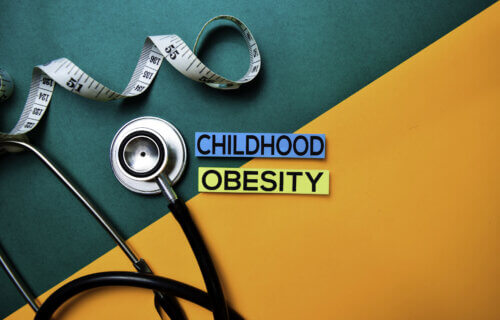EXETER, United Kingdom — Something as simple as light exercise may “completely reverse” childhood obesity. An international team of scientists says there is a significant link between childhood sedentary behavior (inactivity) and obesity. Their new study highlights the surprising effectiveness of light physical activity in wiping out this trend.
The research, a collaborative effort among the Universities of Exeter, Eastern Finland, Bristol, and Colorado, utilized data from the University of Bristol’s Children of the 90s study. This extensive research involved 6,059 children (53% female) starting at age 11 and followed them until they were 24.
Recent global reports have sounded the alarm on the lack of physical activity among adolescents, with over 80 percent not meeting the World Health Organization’s recommended 60 minutes of moderate-to-vigorous exercise daily. The implications are severe, with physical inactivity projected to result in 500 million new cases of noncommunicable diseases like heart disease and diabetes by 2030, costing an estimated $23 million annually.
The study, however, revealed an unexpected finding: light physical activity is significantly more effective than moderate-to-vigorous activity in reducing fat mass gain.
“These new findings strongly emphasize that light physical activity may be an unsung hero in preventing fat mass obesity from early life,” says study author Dr. Andrew Agbaje, of the University of Exeter, in a university release. “It is about time the world replaced the mantra of ‘an average of 60 minutes a day of moderate-to-vigorous physical activity’ with ‘at least three hours a day of light physical activity.’ Light physical activity appears to be the antidote to the catastrophic effect of sedentary time in the young population.”

Participants’ physical activity levels and health indicators were meticulously measured using waist-worn accelerometers and dual-energy X-ray absorptiometry, alongside other health markers like blood samples and heart rate. Over the 13-year study period, a disturbing increase in sedentary behavior and a decrease in light physical activity were observed. Each minute of sedentary time was associated with a 1.3-gram increase in total body fat mass, contributing up to one kilogram of fat mass during the transition from childhood to young adulthood.
Conversely, each minute of light physical activity, which includes activities like walking, house chores, and slow swimming, was linked to a 3.6-gram reduction in total body fat mass. This equates to a substantial reduction in fat mass, between 950 grams to 1.5 kilograms, during the study period.
In stark contrast, time spent in moderate-to-vigorous physical activity showed a much less significant impact, only reducing total body fat mass by about 0.7 to 1.7 percent. These findings challenge the current public health guidelines which heavily focus on moderate-to-vigorous physical activity.
“Our study provides novel information that would be useful in updating future health guidelines and policy statements,” concludes Dr. Agbaje. “Public health experts, health policymakers, health journalists and bloggers, pediatricians, and parents should encourage continued and sustained participation in light physical activity to prevent childhood obesity.”
The study is published in the journal Nature Communications.
You might also be interested in:
- School nurses can play a major role in preventing childhood obesity, study explains
- Too hot to play! Childhood obesity and inactivity increasing because of climate change
- Idle living: 1 in 4 adults admit they lead a sedentary lifestyle

